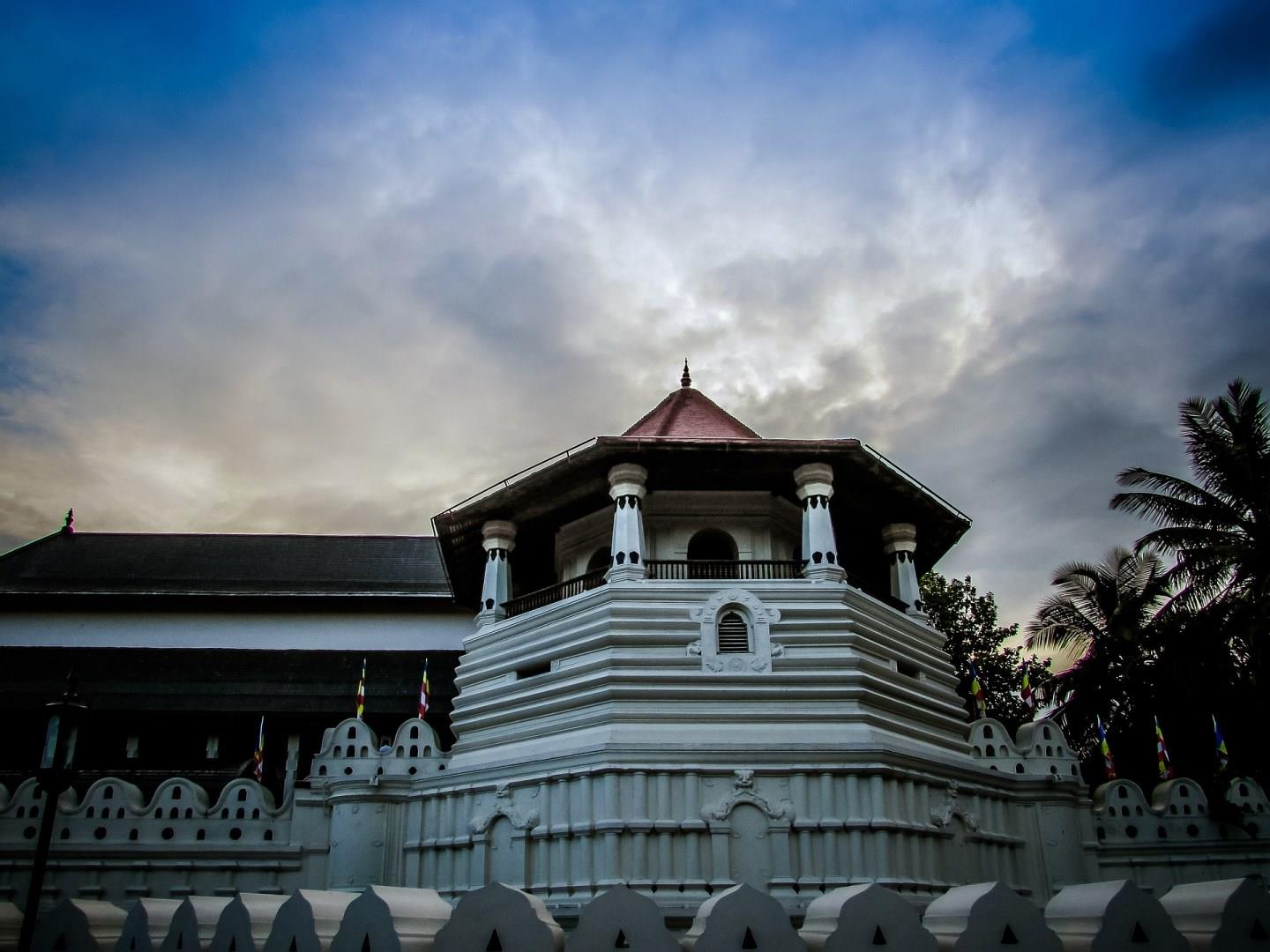
EXPERIENCE, KNOWLEDGE, VALUE, and EXCLUSIVE BENEFITS!
✆: 530-244-1400
✉:

EXPERIENCE, KNOWLEDGE, VALUE, and EXCLUSIVE BENEFITS!
✆: 530-244-1400
✉:





Nestled in the heart of Sri Lanka’s hill country, Kandy is a city steeped in history, culture, and natural beauty. As the last capital of the ancient kings of Sri Lanka, Kandy holds a unique charm that blends its colonial past with a rich, vibrant heritage. The city’s crown jewel is the Temple of the Sacred Tooth Relic, a UNESCO World Heritage site that houses a relic believed to be the tooth of the Buddha. Every August, the city comes alive with the Esala Perahera, a grand procession featuring traditional dancers, fire-breathers, drummers, and colorfully adorned elephants, all celebrating this sacred relic.
Kandy's serene and picturesque surroundings offer a tranquil escape from the hustle and bustle. A leisurely stroll around Kandy Lake, built in 1807 by King Sri Wickrama Rajasinghe, is a must for visitors, providing stunning views of the hills and the iconic Temple of the Tooth Relic. For a deeper immersion into Sri Lanka's natural beauty, the nearby Royal Botanic Gardens in Peradeniya showcase an impressive collection of more than 4,000 species of flora, including a renowned orchid house and a giant Javan fig tree. This lush oasis was once reserved exclusively for Kandyan royalty, making it an ideal spot to unwind amidst history and nature.
Kandy is also a cultural hub where visitors can experience authentic Sri Lankan traditions. The city is famous for its vibrant Kandyan dance performances, which depict ancient tales through powerful drumming, elegant costumes, and dynamic movements. Local markets, like the Kandy Central Market, provide a glimpse into everyday life, where the aroma of spices, fresh produce, and handcrafted souvenirs fills the air. Here, you can shop for Ceylon tea, a world-renowned product from the surrounding tea plantations that blanket the hills in verdant green.
Fun fact: The city of Kandy has played a pivotal role in the preservation of Buddhism in Sri Lanka, especially after the arrival of the Portuguese in the 16th century. The city's location in the highlands provided a natural defense that helped protect its sacred relics and cultural treasures during times of invasion and conflict.